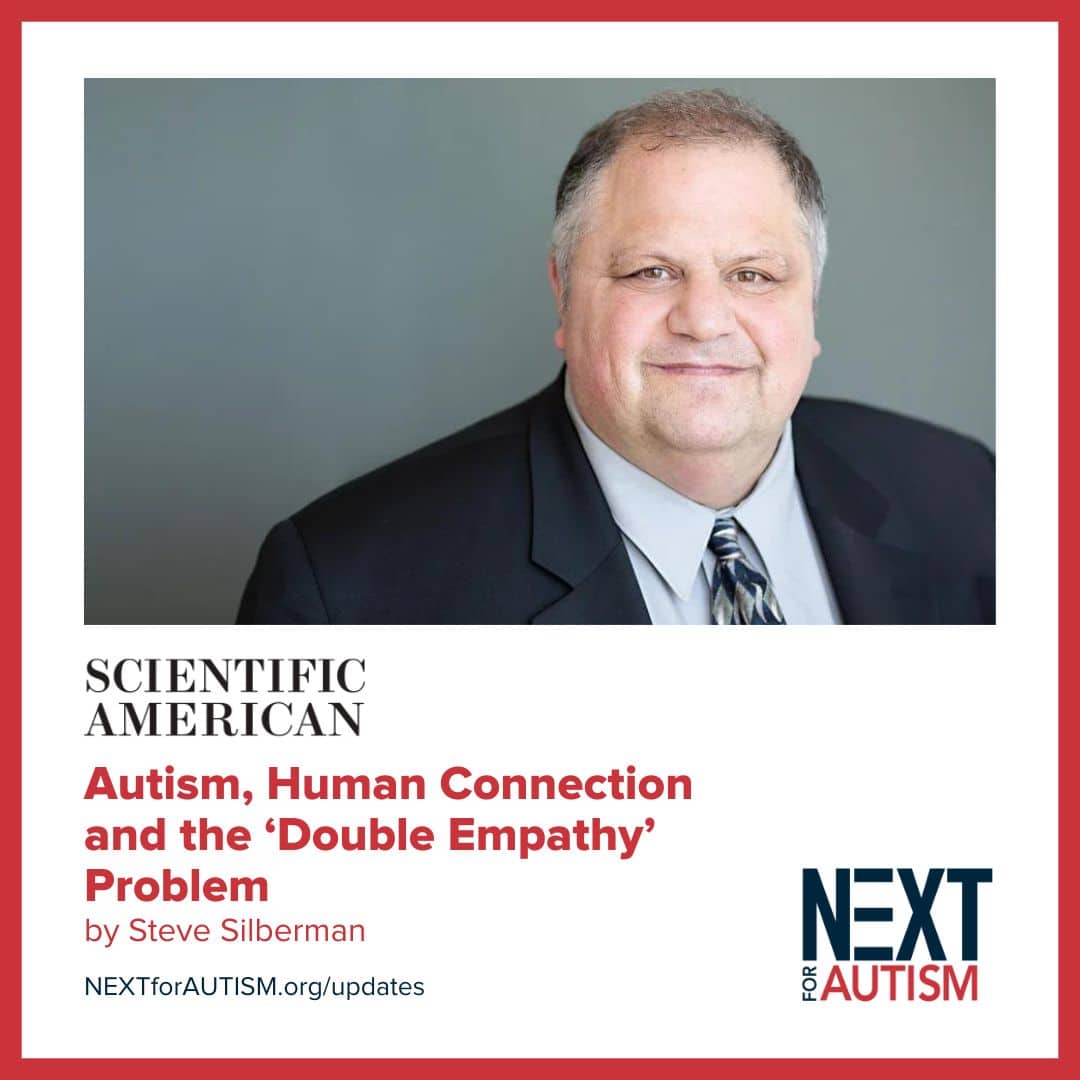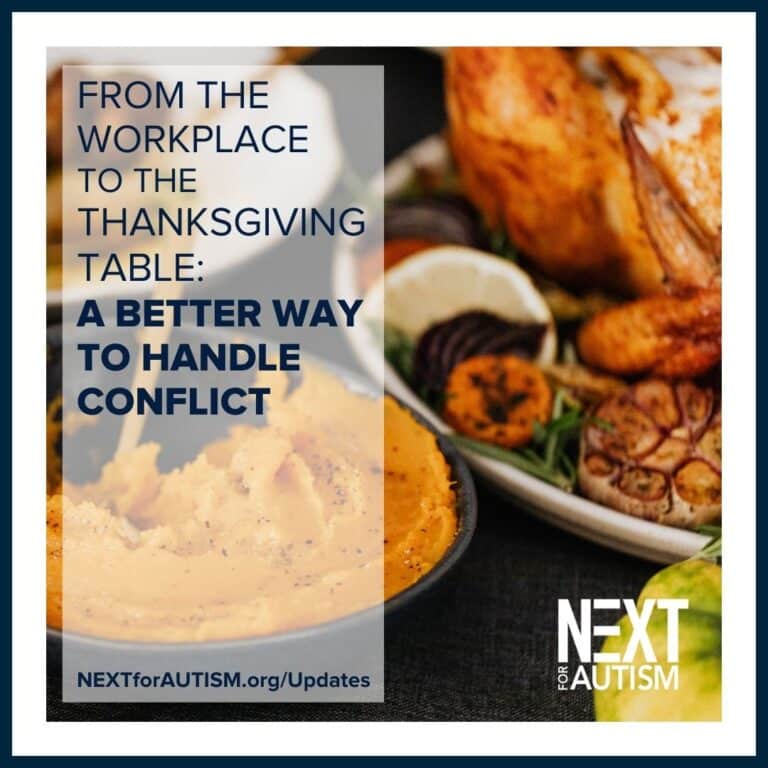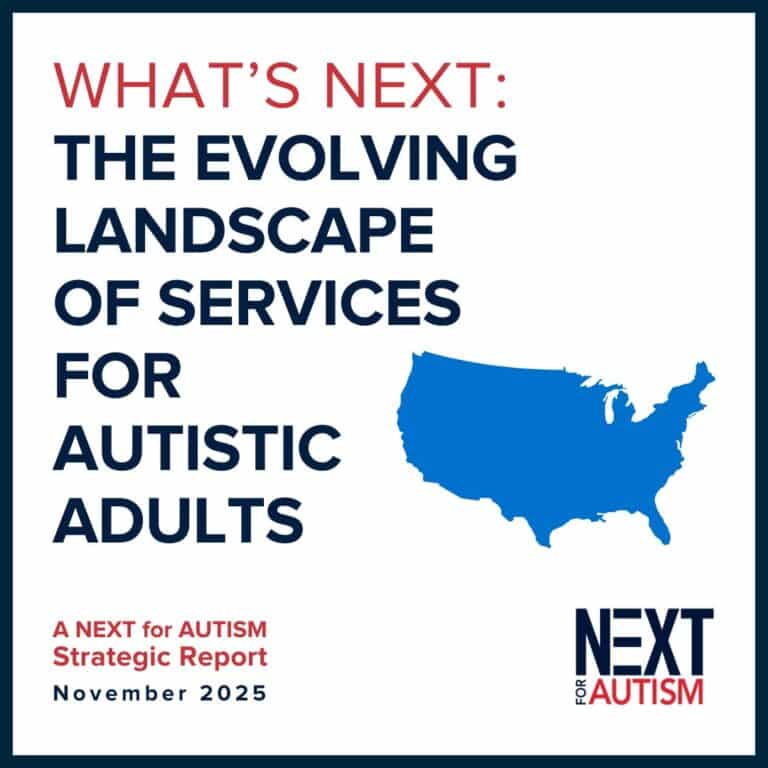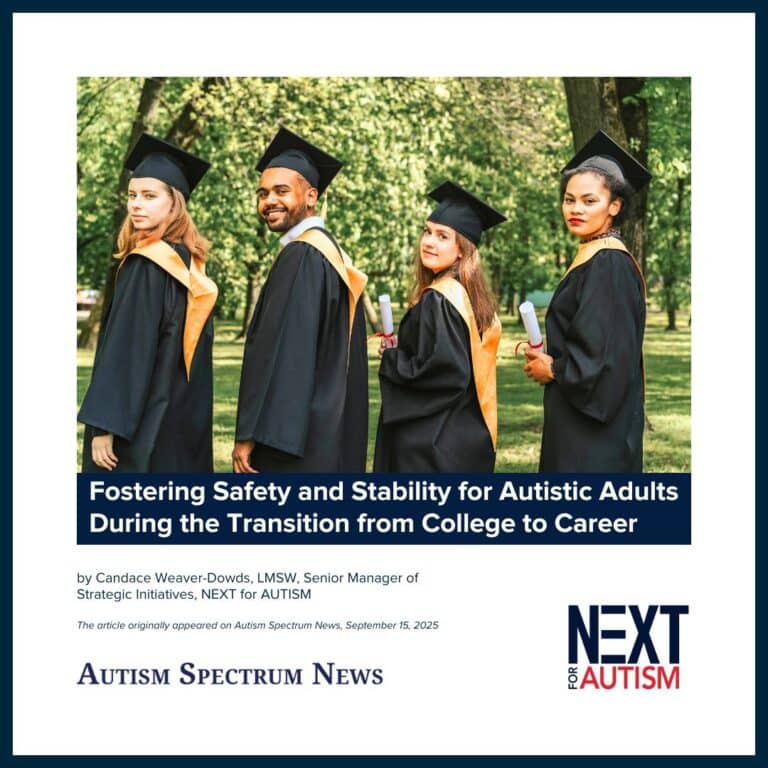This article by Steve Silberman (1957-2024) was originally published in Scientific American in September 2023. Steve was an award-winning science writer whose articles have appeared in Wired, the New York Times, the New Yorker, the Financial Times, the Boston Globe, the MIT Technology Review, Nature, Salon, Shambhala Sun, and many other publications.
His book NeuroTribes: The Legacy of Autism and the Future of Neurodiversity (2015), became a widely-praised bestseller in the United States and the United Kingdom, and won the 2015 Samuel Johnson prize for non-fiction, a California Book Award, and a Books for a Better Life award. It was chosen as one of the Best Books of 2015 by The New York Times, The Economist, The Financial Times, The Boston Globe, The Independent, and many other publications.
____
September 23, 2023
Scientific American
Despite stereotypes, many autistic people yearn for meaningful relationships, but they are daunted by neurotypicals’ assumptions about them.
He paid no attention to persons around him. When taken into a room, he completely disregarded the people and instantly went for objects, preferably those that could be spun.” With this memorable description of his first autistic patient in 1943, a five-year-old boy he called “Donald T.,” child psychiatrist Leo Kanner established a template for viewing people with autism as so disinterested in forging connections with others that they ignore their own parents.
This stereotype of autistic people as essentially solitary—islands unto themselves—has proved remarkably persistent. It lingers in the familiar stock character of a cringeworthy geek such as Sheldon Cooper on The Big Bang Theory and in biographer Walter Issacson’s descriptions of entrepreneur Elon Musk—who claimed to be on the spectrum on Saturday Night Live—as “hardwired” against empathy. Even industrial designer Temple Grandin, the first adult to publicly “come out” as autistic in the 1980s, was portrayed as having little or no interest in friendship and intimacy by neurologist and author Oliver Sacks in his profile essay “An Anthropologist on Mars.” He described Grandin as “bewildered” by Romeo and Juliet, Shakespeare’s doomed lovers, because she “never knew what they were up to.”
Now a growing body of research is pushing against that stereotype, finding that many autistic people yearn for human connections and community at least as much as their neurotypical peers. The challenges they face are attributable not only to their neurology but also to the ways nonautistic people respond (or fail to respond) to them. Not surprisingly, intimacy turns out to be a two-way street. The impaired ability of many neurotypical people to accurately gauge the emotional states of people with autism—which Damian Milton, an autistic researcher at the University of Kent, has dubbed the “double empathy problem”—turns out to drive many failures of reciprocity that have long been blamed solely on autistic “impairments.”
A study by Rutgers University’s Annabelle Mournet and her colleagues concluded that autistic people may be even more powerfully motivated to seek out friendships and community than nonautistic people. These desires are often frustrated by widespread misconceptions about autism, particularly the assumption that people on the spectrum aren’t interested in seeking comfort and support in the company of others. “Autistic adults cannot be assumed to have fewer social connections—or less desire to have social connections,” Mournet wrote in a 2023 article in Spectrum. “Our field must work to dismantle these damaging and inaccurate notions.” Overcoming these false ideas matters urgently, Mournet points out, because autistic adults are at high risk for suicide, and having a network of supportive connections protects against suicidal ideation.
The tendency of neurotypical people to stigmatize autistic behavior as weird and off-putting also hampers the formation of relationships. This process unfolds subconsciously—even in the first few seconds of interaction, observes Noah Sasson, a psychology professor at the University of Texas at Dallas whose work is deeply informed by the insights of autistic colleagues such as Monique Botha. In a study of neurotypical people’s first impressions of autistic people (known in psychology as “thin-slice judgments”), Sasson and his colleagues determined that negative reactions to autistic adults’ atypical body language, facial expressions, tone of voice and frequency of eye contact make neurotypical people less inclined to pursue further interactions. These thin-slice judgments pervasively harm autistic adults’ attempts to find employment, build networks of support, and navigate the social landscape in ways that lead to happy, secure and successful lives.
Autistic women, who have often been overlooked altogether in research, face a distinct set of challenges in building friendships, researchers Felicity Sedgewick and Elizabeth Pellicano have found. Struggling to interpret unspoken social signals and subjected to subtle forms of bullying (such as cruel gossip or silent exclusion) by their neurotypical peers, autistic women are uniquely vulnerable to exploitation in romantic and sexual relationships. When difficulties in their relationships arise, they tend to either “assume they are entirely to blame for the problem (and do whatever they can to resolve it) or assume that the friendship cannot be rescued (and so withdraw from the relationship),” Sedgewick and Pellicano observed. “These findings highlight an urgent need for specific and tailored personal safety training and support for autistic women—and, by extension, autistic girls—to ensure that they can enjoy a safe transition to adulthood and positive adult relationships.”
READ THE FULL ARTICLE ON SCIENTIFIC AMERICAN








Leave a Reply